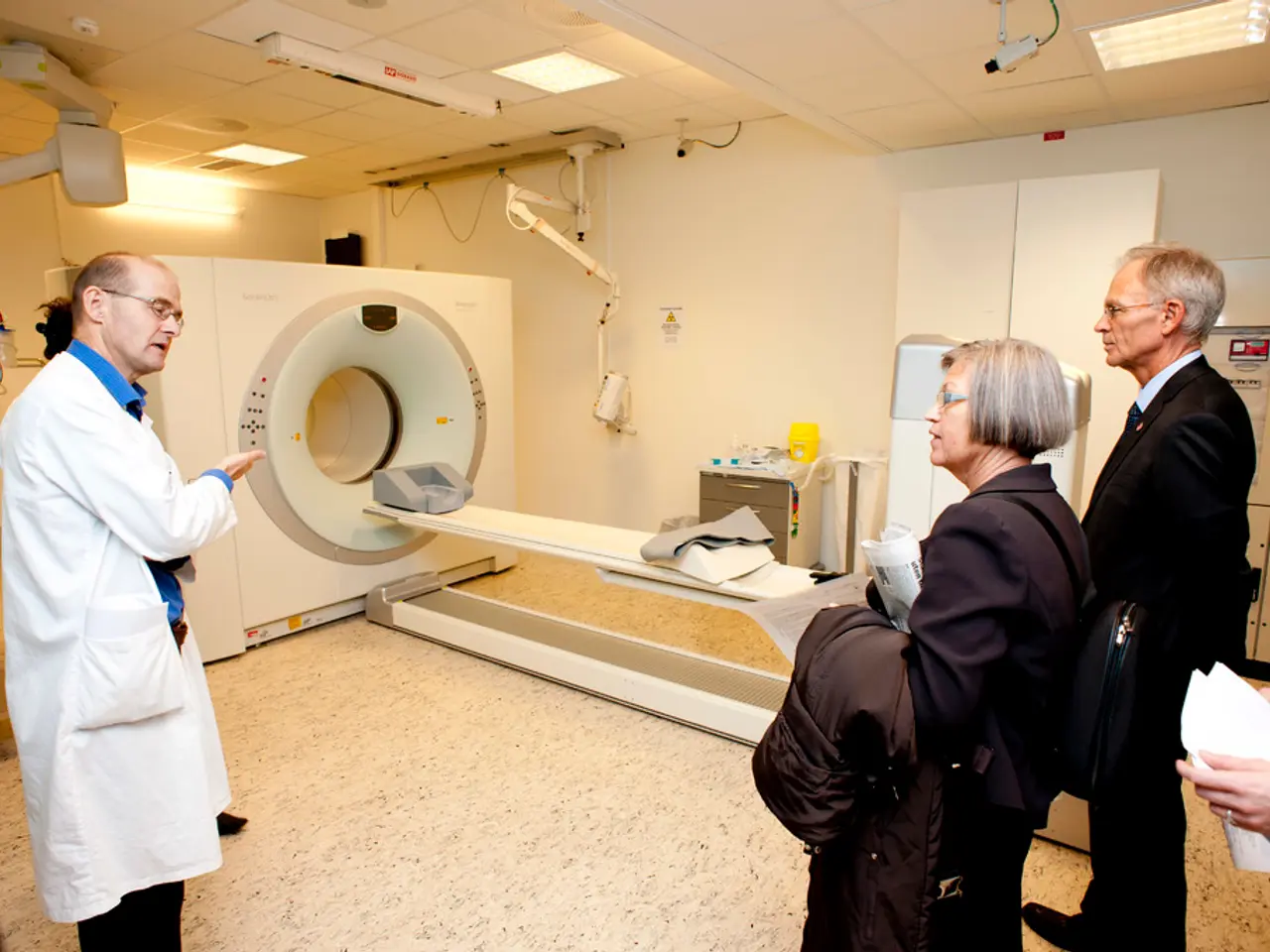Around a third of general practitioners (GPs) have not previously worked for the National Health Service (NHS) or have left their positions.
The Department of Health and Social Care (DHSC) is making a concerted effort to place General Practitioners (GPs) at the core of its 10-year health plan, as they aim to shift towards neighborhood health services. However, a series of recent reports paint a complex picture of the current state of general practice in England.
According to data, the number of licensed GPs not working in NHS general practice has increased significantly over the years. From 41% in 2015, the proportion rose to 52% by full-time equivalent GPs by 2024. This trend is a cause for concern, as it suggests a shortage of GPs within the NHS.
The British Medical Association's GP committee has urged the Government to address this issue by funding more GP roles to deliver more appointments to more patients. The committee's chairwoman, Katie Bramall, stated that one in three GPs with a licence to practise in England have never worked in the NHS or have left the service.
Cash-strapped practices are struggling to fund the GP roles necessary to deliver patient care. The analysis shows that, on average, for every five additional GPs licensed by the General Medical Council (GMC), NHS general practice lost one full-time equivalent GP each year for the period 2015 to 2024.
The study also reveals that the general practice workforce is heavily reliant on female GPs and GPs aged 40-49. The fastest rate of decline in NHS general practice is seen in male GPs aged 50-59 years. Interestingly, the discrepancy between the number of GMC-licensed and NHS general practice GPs is greater for women than men.
The greatest difference in the number of GPs between GMC-licensed and NHS general practice is found in GPs aged 30-39 years by headcount. This trend is concerning as it suggests a potential loss of young talent from the NHS general practice workforce.
Professor Kamila Hawthorne, chairwoman of the Royal College of GPs, stated that thousands more GPs are needed and there should be efforts to keep them working in the NHS. Burnout is a considerable problem among GPs due to workload and workforce pressures caused by years of underfunding and poor workforce planning.
Despite these challenges, GPs across England deliver 1.42 million appointments a day, and demand for their services continues to grow. In July 2025, the Department of Health and Social Care reported the highest ever headcount number of fully qualified GPs (38,960).
However, it's important to note that the analysis also shows that the number of patients for each full-time equivalent NHS consultant fell by 18% between 2015 and 2024. This suggests that the burden of patient care is being distributed unevenly across the healthcare system.
In conclusion, while efforts are being made to recruit more GPs, the data suggests that the NHS is facing a significant shortage of GPs. The Government, healthcare organisations, and the medical community must work together to address this issue and ensure that GPs are adequately supported to deliver high-quality patient care.








